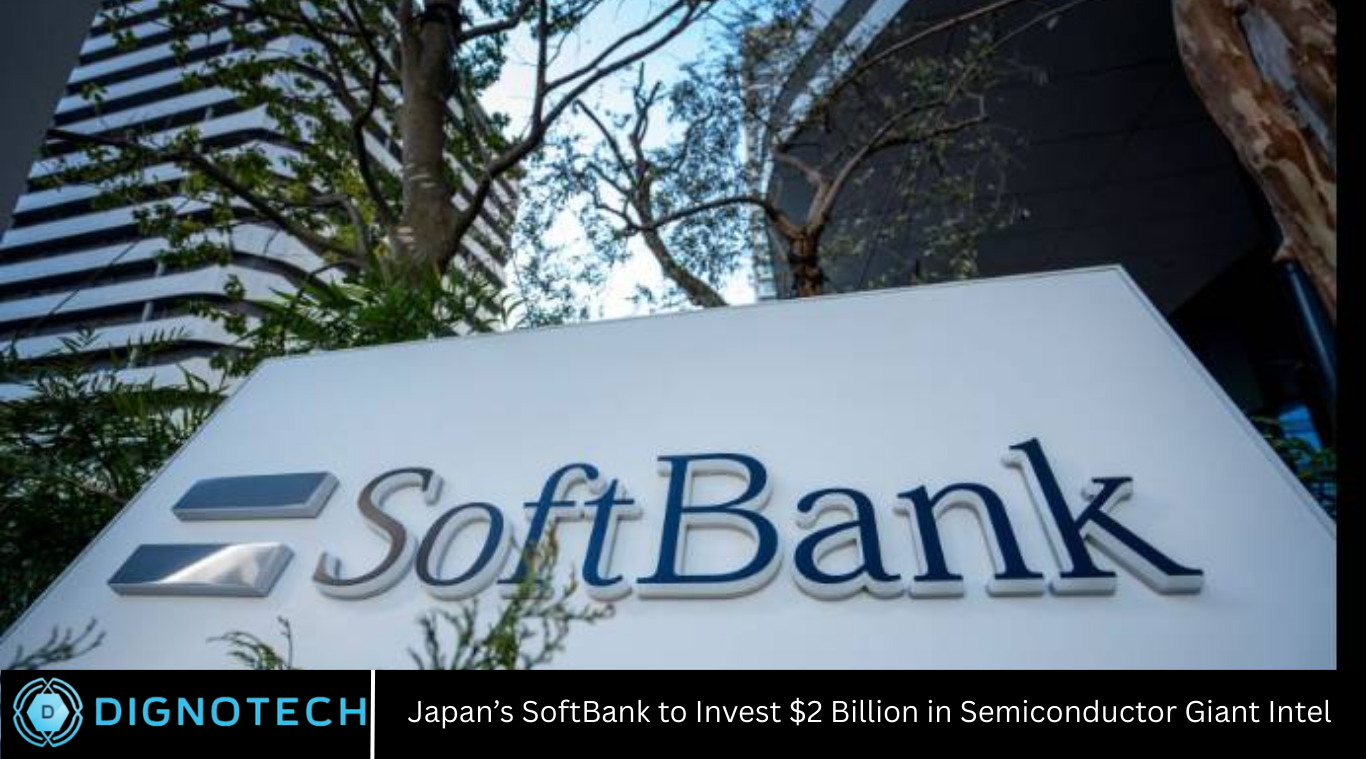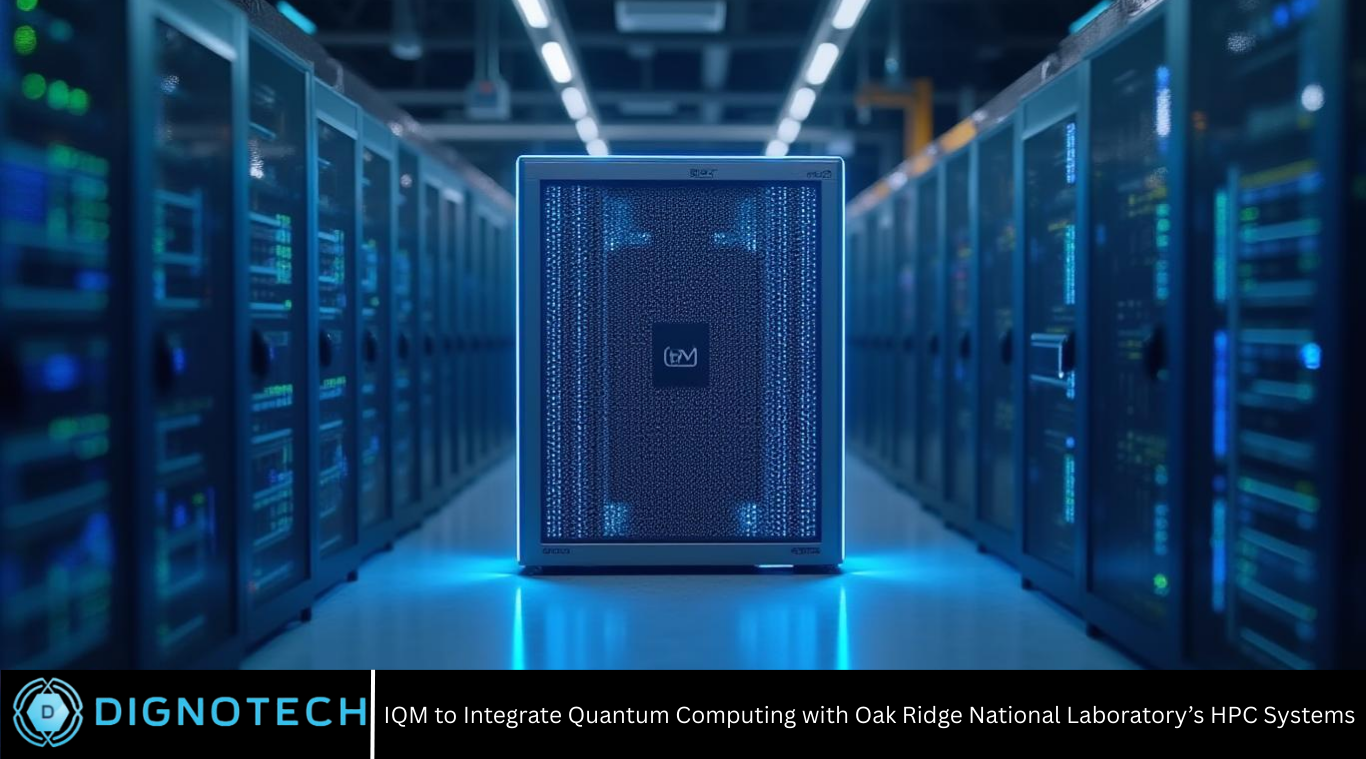Japan’s SoftBank to Invest $2 Billion in Semiconductor Giant Intel

In a significant move within the global technology and semiconductor industry, Japan’s SoftBank Group has announced plans to invest $2 billion in Intel Corporation, one of the world’s largest and most influential semiconductor manufacturers. This strategic investment highlights SoftBank’s commitment to strengthening its presence in the semiconductor sector while simultaneously supporting Intel’s ambitious growth and innovation plans.
This article explores the details and implications of this investment, including the motivations behind it, how it impacts both companies, and what it means for the broader semiconductor market. We will also cover Intel’s current position in the industry, SoftBank’s strategic vision, and future outlook. Additionally, a set of frequently asked questions (FAQs) will provide further clarity on this major development.
Background: SoftBank and Intel – A Brief Overview
SoftBank Group Overview
SoftBank Group Corp., founded by Masayoshi Son in 1981, is a Japanese multinational conglomerate known for its investments across various technology sectors globally. The company operates through multiple arms, including its Vision Fund, which focuses on investments in AI, robotics, telecommunications, and semiconductors.
SoftBank’s investment strategy has consistently aimed to identify and support disruptive technologies and companies shaping the future.
Intel Corporation Overview
Intel Corporation, headquartered in Santa Clara, California, has long been a pioneer in semiconductor manufacturing. Founded in 1968, Intel is renowned for its development of microprocessors used in personal computers, servers, and a growing range of devices.
In recent years, Intel has embarked on aggressive expansion plans, including advancing semiconductor manufacturing technologies, expanding foundry services, and increasing R&D efforts to remain competitive against rivals such as TSMC and AMD.
Details of the Investment
Investment Amount and Structure
SoftBank’s planned $2 billion investment in Intel is expected to be made through a combination of equity stakes and possibly convertible instruments, enabling SoftBank to become a significant shareholder.
Purpose of the Investment
The investment is intended to bolster Intel’s capital structure to support:
- Expansion of semiconductor manufacturing capabilities.
- Research and development in next-generation chips.
- Strengthening Intel’s foundry services.
- Collaboration opportunities for innovation in AI and 5G technologies.
Why SoftBank is Investing in Intel
Capitalizing on Semiconductor Demand
The global semiconductor market is witnessing unprecedented demand due to digital transformation, AI, IoT, cloud computing, and 5G rollout. SoftBank views Intel as a key player well-positioned to capitalize on these trends.
Strategic Alignment with SoftBank’s Vision Fund
SoftBank’s Vision Fund has heavily invested in semiconductor-related ventures. Intel complements these investments by providing a hardware manufacturing backbone.
Diversifying and Strengthening Portfolio
Intel’s extensive product portfolio and strong market position offer SoftBank diversification and a stake in the semiconductor supply chain.
Implications for Intel
Capital Infusion
The $2 billion will provide Intel with additional funds to accelerate expansion plans, particularly in chip manufacturing plants (fabs) and technological innovation.
Competitive Edge
Intel faces intense competition from companies like Taiwan Semiconductor Manufacturing Company (TSMC) and AMD. The investment helps Intel maintain and grow its market leadership.
Innovation Acceleration
With SoftBank’s backing, Intel can increase investment in AI chips, 5G modems, autonomous vehicle technology, and other emerging fields.
The Broader Semiconductor Industry Context
Global Chip Shortage
The world has faced chip shortages affecting industries from automotive to consumer electronics. Investments like SoftBank’s support efforts to expand capacity and reduce supply constraints.
Geopolitical Factors
U.S.-China trade tensions and national security concerns have intensified focus on domestic semiconductor manufacturing and supply chain diversification, benefiting companies like Intel.
Future Growth Drivers
AI, quantum computing, edge computing, and 5G networks will drive semiconductor demand, and Intel’s enhanced capabilities can capture significant market share.
Potential Risks and Challenges
Execution Risk
Intel must effectively deploy the capital to build advanced fabs and innovate amid fierce competition.
Market Volatility
The semiconductor industry is cyclical and sensitive to global economic conditions, which can affect stock performance and returns.
Regulatory Approvals
Large investments may require regulatory scrutiny in various jurisdictions, potentially delaying transactions.
Future Outlook
Enhanced Collaboration Opportunities
The partnership may open doors for joint ventures in AI, telecom infrastructure, and emerging tech.
Strengthened Global Presence
SoftBank’s influence in Asia combined with Intel’s global operations could lead to expanded market access.
Long-term Value Creation
If successfully executed, this investment positions both companies for sustainable growth in a rapidly evolving tech landscape.
Frequently Asked Questions
Why is SoftBank investing $2 billion in Intel?
SoftBank aims to support Intel’s expansion in semiconductor manufacturing, innovation in AI and 5G, and strengthen its own investment portfolio in the tech sector.
How will this investment impact Intel’s business strategy?
The investment provides capital for Intel to accelerate manufacturing expansion, increase R&D, and compete more effectively against rivals like TSMC and AMD.
What does this mean for the semiconductor industry?
It signifies confidence in the semiconductor sector’s growth, especially amid global chip shortages and technological advances driving demand.
Will SoftBank have influence over Intel’s operations?
As a significant investor, SoftBank may have a say in corporate governance, though Intel’s management will maintain operational control.
How does this investment align with SoftBank’s Vision Fund?
Intel complements SoftBank’s investments in semiconductor-related startups and tech companies, providing a manufacturing backbone for SoftBank’s broader tech ecosystem.
Are there risks associated with this investment?
Yes. Execution risks, market volatility, and regulatory approvals could impact the investment’s success.
When is the investment expected to be completed?
The timeline depends on final agreements and regulatory approvals, but it is anticipated to close within the next few quarters.
Conclusion
SoftBank’s planned $2 billion investment in Intel marks a strategic milestone for both companies amid a booming semiconductor market. This partnership underscores the growing importance of collaboration between investment giants and technology manufacturers in shaping the future of computing.By combining SoftBank’s financial strength and strategic vision with Intel’s technological expertise and manufacturing capabilities, the investment is poised to accelerate innovation, bolster supply chains, and drive growth in a sector critical to global technology infrastructure.As the semiconductor landscape continues to evolve, this move will likely be a defining factor in Intel’s ability to compete globally and SoftBank’s role as a key player in technological advancement.


